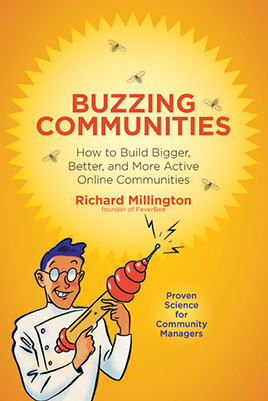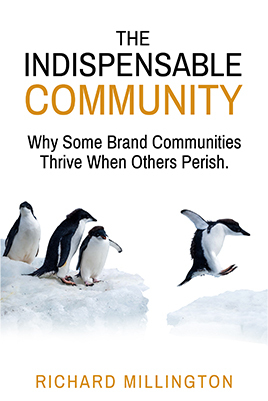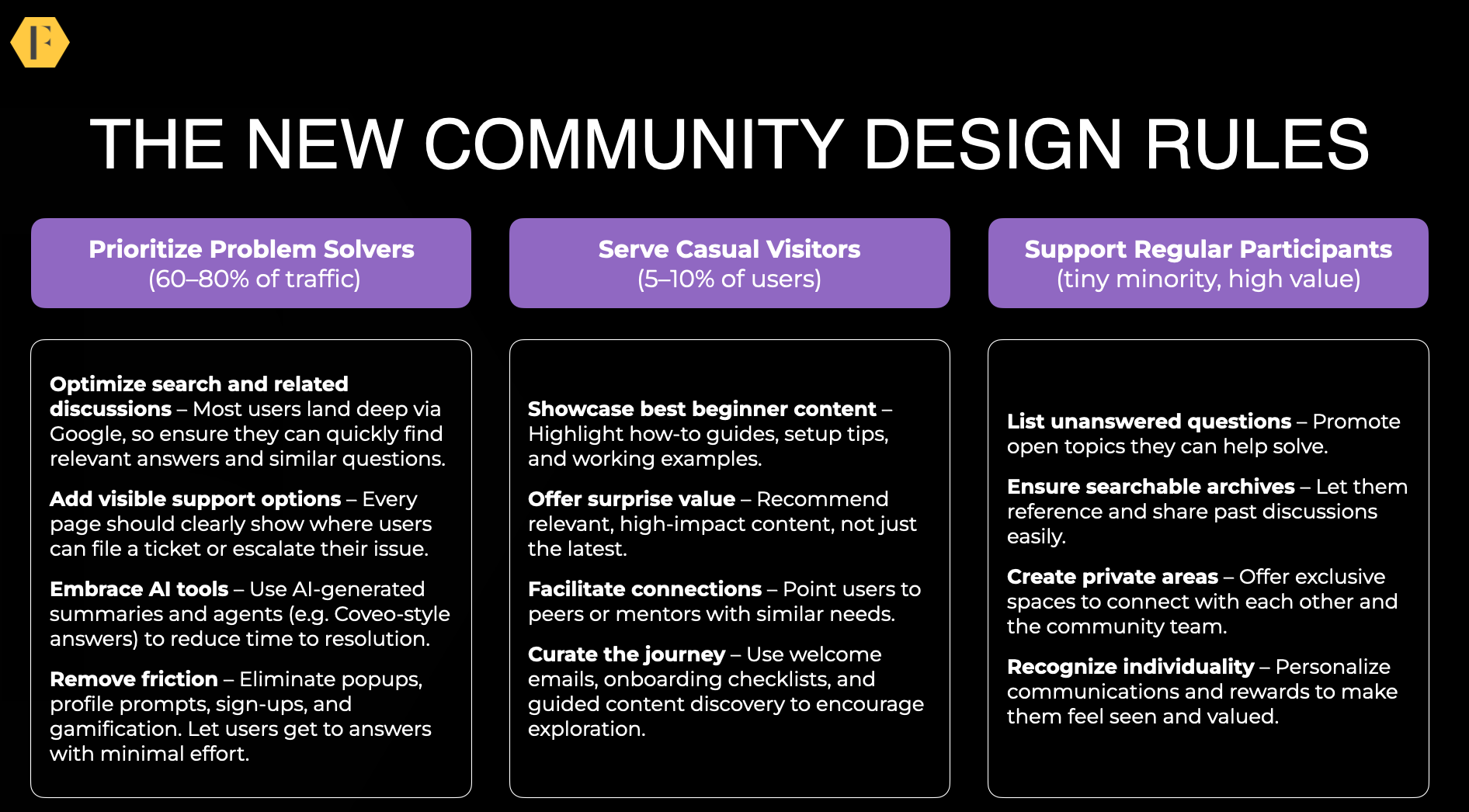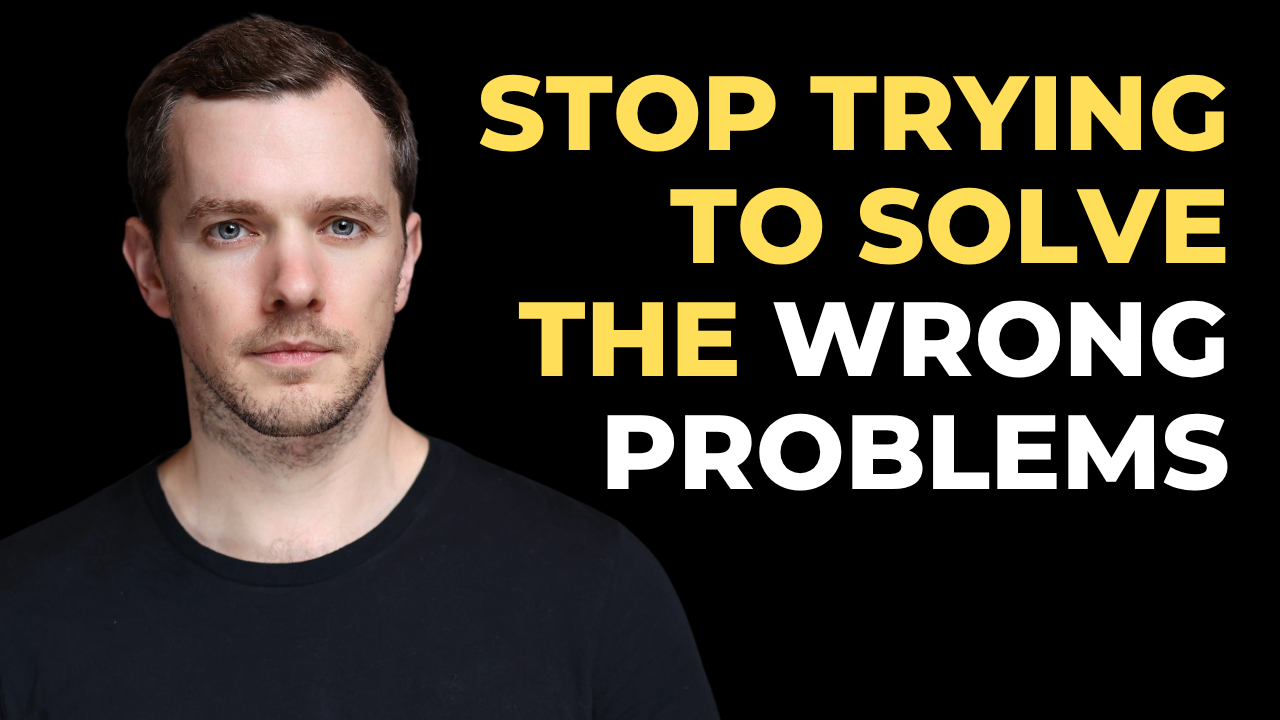Your brain is an image factory. Right now it’s churning these raw words into a big picture for your mind.
The majority of us think in images. We remember images. We value images. If we can easily recall something, we consider it more valuable, frequent, and relevant to the problem we’re facing.
A big secret to communicating more effectively with any social group, is to communicate in images. Don’t fire words at them. Paint a picture they can take with them.
Here’s a message I received in my inbox today:
Subject: Signs Your Web CMS is Not Cutting It
Dear Richard:
Is your Web CMS cutting it? Sometimes it can be hard to tell. Hear from a panel of Web CMS experts, who help you ask the right questions.
There’s still time to register!
{link}
Our expert panel includes:
– A content management specialist in the healthcare industry
– A content strategist from a leading software company
– The editor of a leading content management publication
– A marketing technology analyst who consults with leading brands on their content strategy
Write out the deep, core, feeling
It’s hard to visualize what ‘cutting it’ means in this abstract context. Let’s see if we can make this more visual.
First, write out the core message to takeaway. In this case, your CMS isn’t good enough. You can turn this into a variety of images to trigger an emotion.
If the CMS isn’t good enough, how would that make people feel?
A few ideas:
- They feel frustrated, restrained, and unable to achieve their goals.
- They feel embarrassed about showing their CMS to their boss/other customers.
- They feel let down by someone they trusted, someone who told them the CMS was good enough.
- They feel trapped by a CMS they thought would be great.
Notice these are all emotional triggers. Better still, all these emotional triggers naturally lend themselves to images.
Turn these feelings into big, bold, images
What does being restrained and frustrated make you think of? Be bold with your imagery. How about being tied to the masthead of a sinking ship? How about running a marathon with a lethargic gorilla on your back (or your legs tied together)?
You need to get into your audience’s head. When they think of frustration, what do they think of? What do you think of? You can do this for each of the emotional triggers above until you find one you like.
The picture has to replicate something the audience is familiar with.
Make the entire message more visual and active
Now look at the next line.
“Sometimes it can be hard to tell. Hear from a panel of Web CMS experts, who help you ask the right questions.”
What emotion do we want people to feel? I’d suspect we have a group of top people who are going to put our CMS to the test. Remember the CMS is the ‘enemy’ here.
These are going to be people on our side who will decide if our CMS is up to the task or not.
An image here might be that of gladiators who are going to put your clunky CMS to the test and see if it meets the right standard.
The copy here might read: “We’ve handpicked 4 of the top CMS gladiators to test if your CMS is good enough for you”.
Most of us can recall watching gladiators and
There’s still time to register!
{link}”
Of course there’s still time to register. You wouldn’t send the message if there wasn’t. The very least you can do is to set a time. By lunchtime on Friday (lunchtime is easier to visualize than 12pm) is one option.
We can turn this into an image too.
For example:
“Our handpicked CMS gladiators have limited this session to 15 of you. If you want to put your CMS to the test, send me your application to pass on to them by lunchtime on Friday.”
Again sending in an application is more visual.
And have fun with the imagery
Finally we can have fun turning this list into gladiatorial profiles with names, ages, experience, and special skills.
– A content management specialist in the healthcare industry
– A content strategist from a leading software company
– The editor of a leading content management publication
– A marketing technology analyst who consults with leading brands on their content strategy
Better yet, this makes every message more fun to create and to read. Who wouldn’t want to know if their CMS could survive the challenge of 4 hand-picked CMS gladiators?
This is one of many approaches of tackling a single message. There are many routes to going about this. We could easily have taken the ‘is your CMS sick?’ approach and take a medical consultants approach.
The key is to understand how you want the audience to feel and find an image to match. Make sure any metaphor you use is an active metaphor. It should invigorate the audience.
There’s a moment between when you’ve constructed a message and when you click send to turn more of your words into big, bold, pictures. It’s these pictures that the audience will remember. Let’s make them live long in the audience’s minds.





